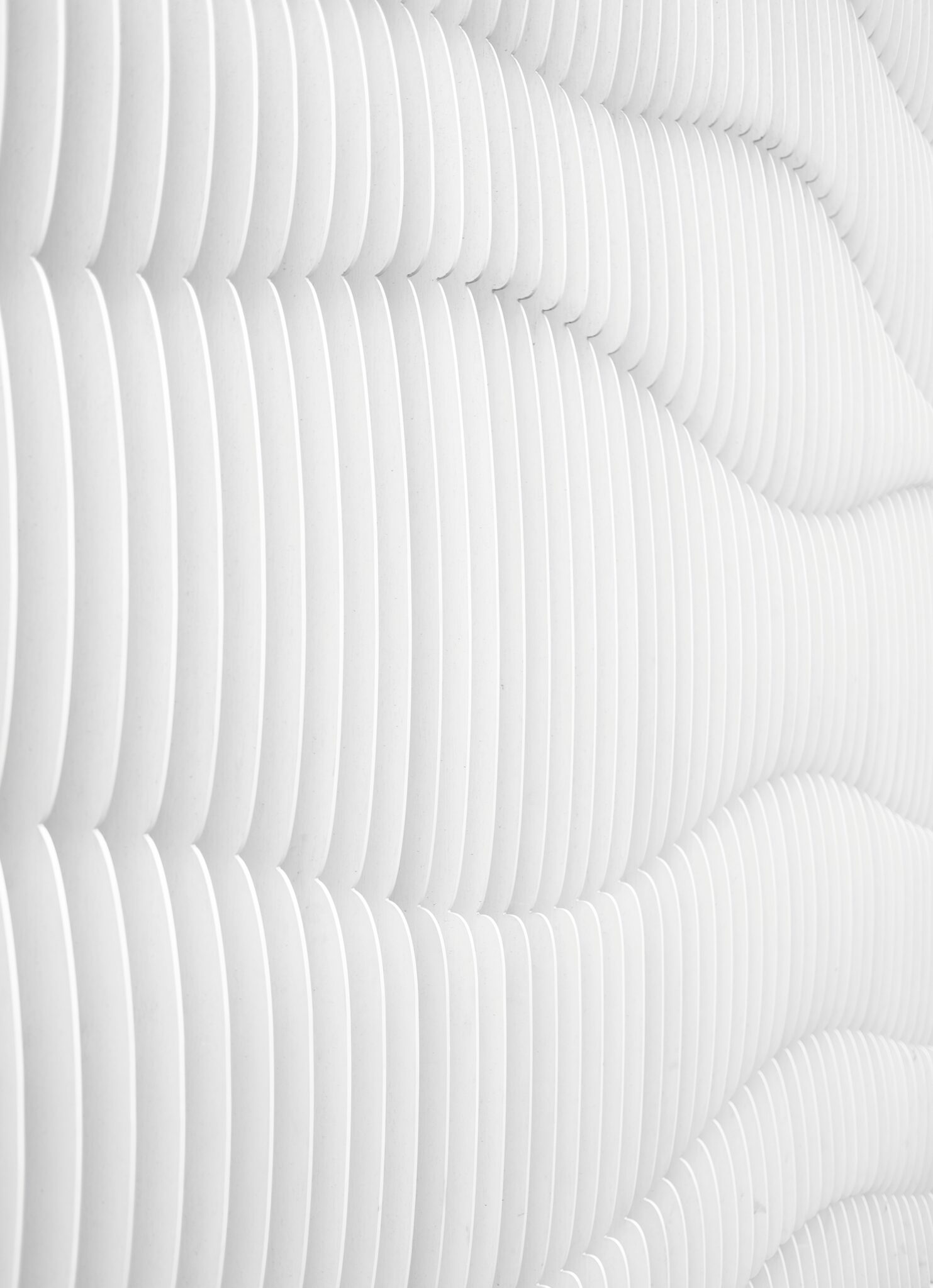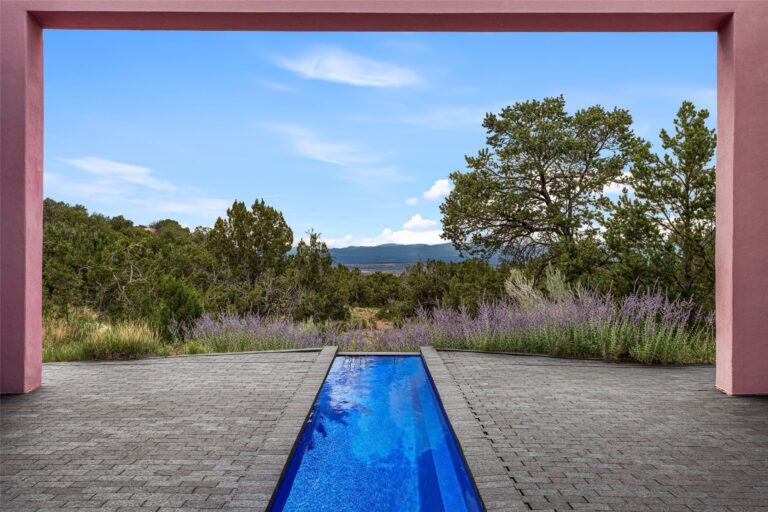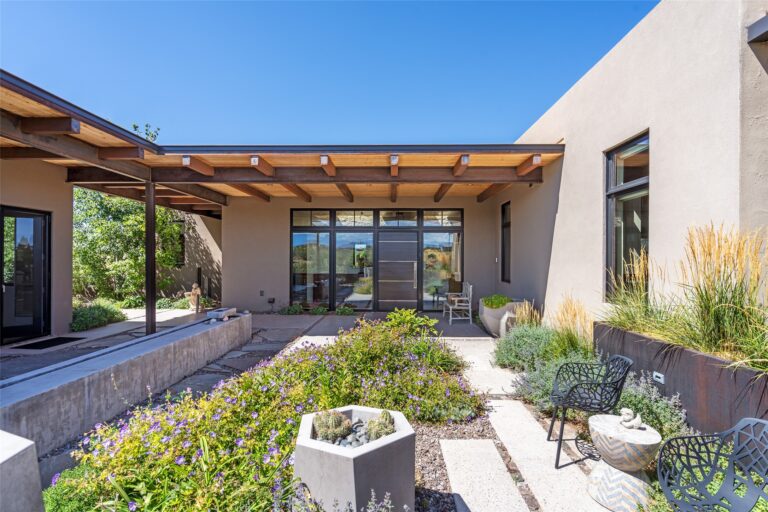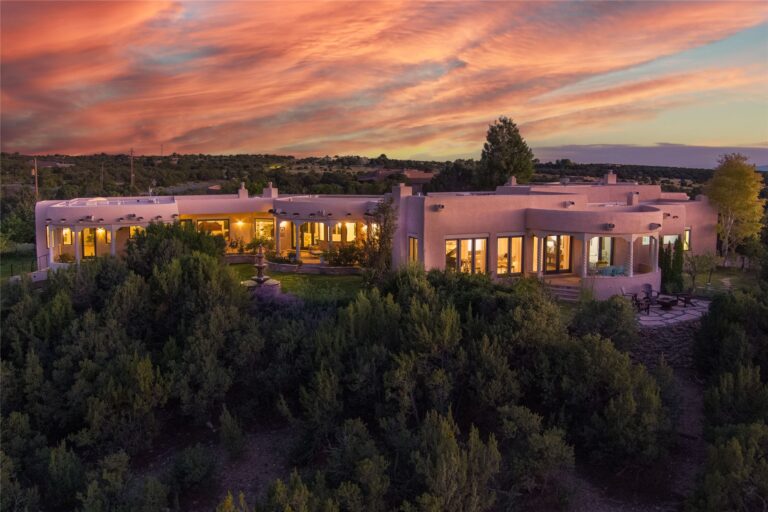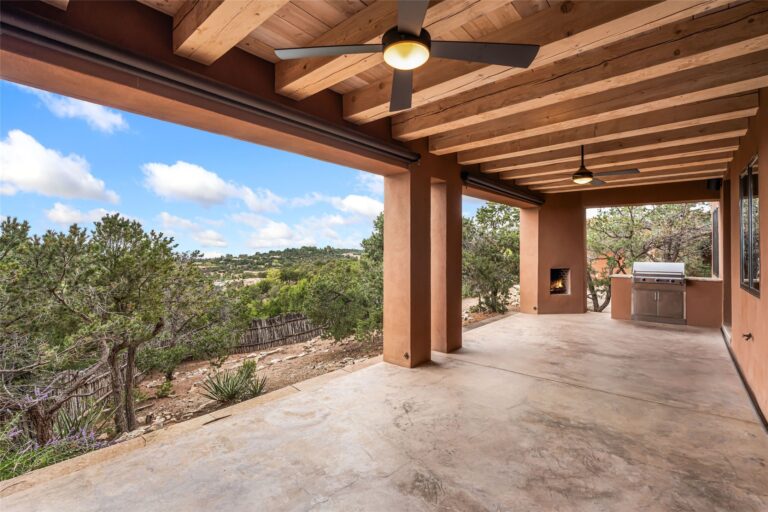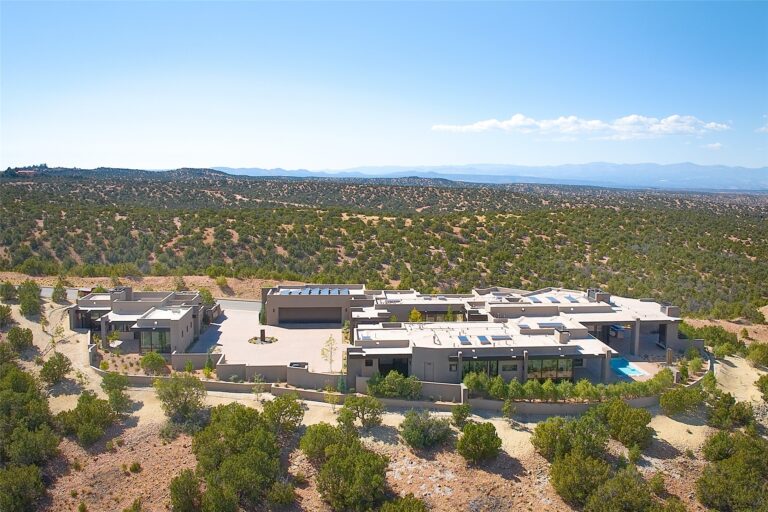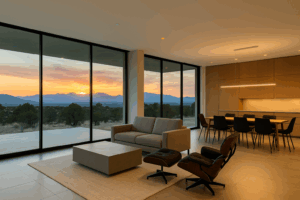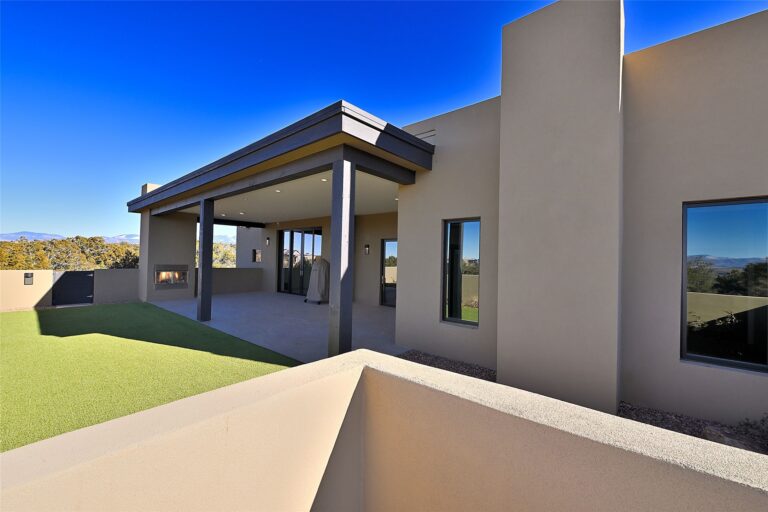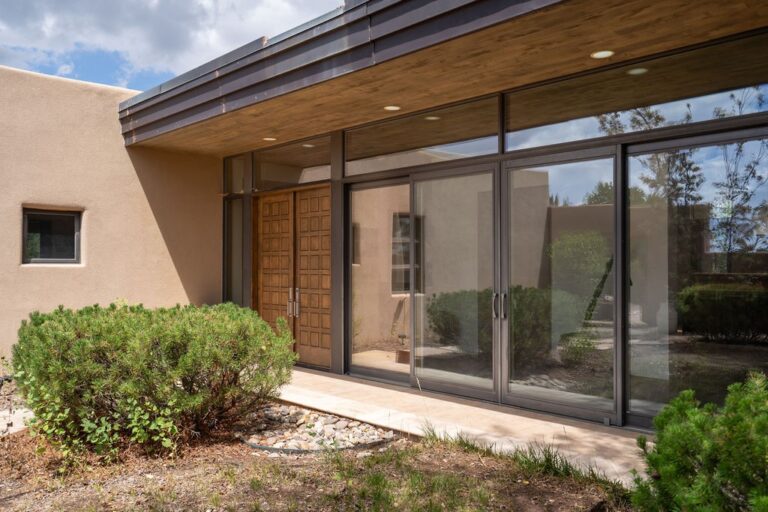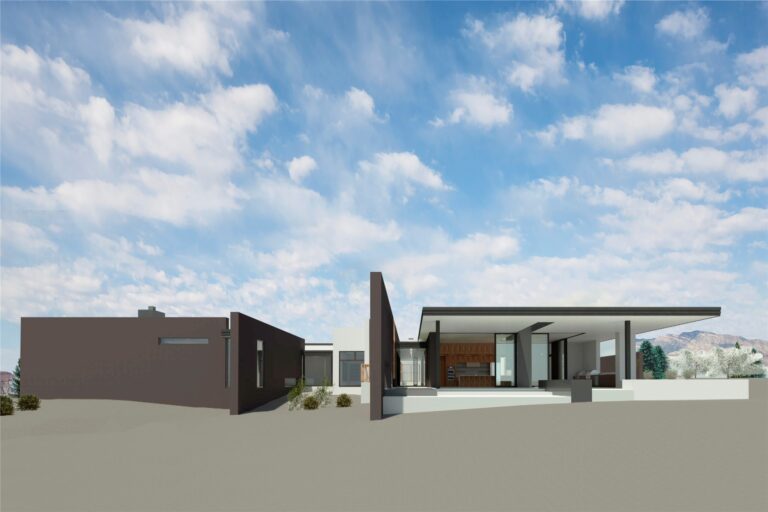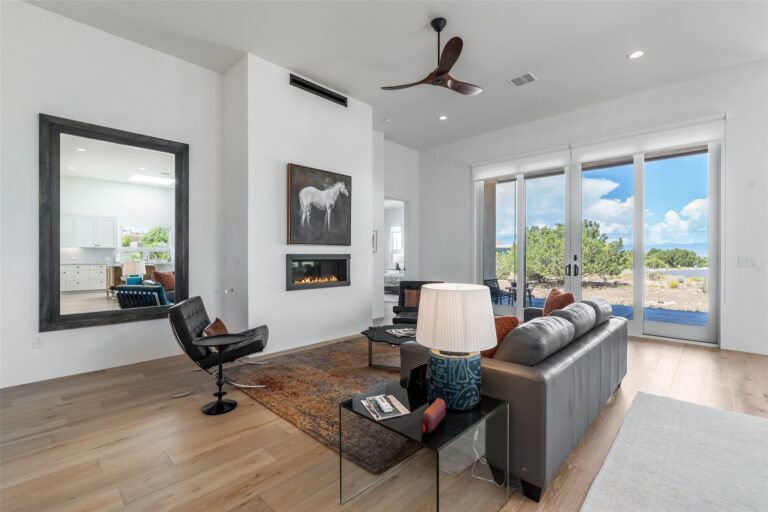Geometry isn’t just a tool for architects—it’s the very foundation of modern design. From the perfect balance of a minimalist cube to the flowing curves of parametric architecture, geometry dictates the way spaces feel and function. While ancient builders relied on geometric harmony to create awe-inspiring structures, modern architects use it to push the boundaries of innovation and aesthetics.
The Historical Roots of Geometry in Architecture
Geometry has been at the heart of architectural theory for millennia. The Greeks obsessed over perfect proportions, giving us the Golden Ratio, an equation believed to create the most visually satisfying forms. The Romans took geometric precision to new levels with their domes, arches, and vaults, engineering feats that still inspire designers today.
During the Renaissance, thinkers like Leon Battista Alberti and Leonardo da Vinci explored geometric harmony in architecture, leading to iconic structures such as Brunelleschi’s Florence Cathedral dome. In modern times, the Bauhaus movement embraced pure geometric forms to create functional, unornamented spaces, laying the foundation for contemporary minimalism.
Philosophy: Why Geometry Matters in Modern Design
At its core, geometry brings order and clarity to architectural spaces. Rectilinear designs, often associated with minimalism, promote simplicity and efficiency, while organic geometries create a sense of fluidity and dynamism. Some architects use symmetry and repetition to evoke stability, while others break traditional forms, using asymmetry to create dynamic and unexpected compositions.
Modern architects leverage geometry not just for aesthetics but also for structural integrity. The triangle, for example, is one of the strongest shapes in architecture, seen in everything from Brutalist concrete beams to the intricate lattice structures of contemporary skyscrapers.
Geometric Innovations in Modern Architecture
The Cube and the Grid
The International Style, championed by Mies van der Rohe, used grids and cubes as the basis for modernist glass-and-steel buildings. His famous Farnsworth House is an example of geometry reduced to its purest form: a transparent box elevated on slender supports, demonstrating how simple shapes can achieve timeless elegance.
Curves and Parametric Design
With the rise of computational design, architects like Zaha Hadid and Frank Gehry introduced parametric geometry, allowing for free-flowing, organic shapes. Hadid’s Heydar Aliyev Center in Baku is a striking example, with its continuous, undulating form seemingly defying conventional structure.
Triangles and Dynamic Forms
Triangles and angled forms add energy and movement to architecture. The Louvre Pyramid, designed by I. M. Pei, showcases the strength and precision of triangular geometry, merging historical and modern aesthetics seamlessly.
Geometry in Santa Fe’s Modern Architecture
Even in Santa Fe, where adobe homes and organic shapes dominate, modern architects are experimenting with geometric forms. Local firms are blending the region’s traditional rounded edges with rectilinear minimalism, creating homes that respect the landscape while embracing contemporary design principles. Flat roofs, cubic volumes, and sharp, clean angles define many modern homes in Tesuque and Las Campanas, showing how geometry can be both timeless and groundbreaking in the Southwest.
The Future of Geometry in Architecture
As architecture evolves, so do the ways designers use geometry. Fractal design, algorithmic modeling, and biomimicry are pushing the limits of what’s possible, making structures more efficient and visually stunning. Whether it’s a glass cube in the desert, a twisting skyscraper, or a perfectly proportioned courtyard, geometry remains the guiding force behind modern design.
Ultimately, architecture isn’t just about materials—it’s about how those materials come together to form space, rhythm, and balance. And at the heart of it all? Geometry.

